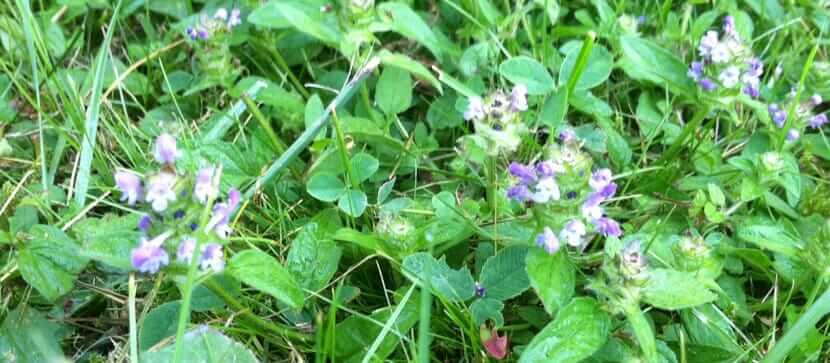Self-heal (Prunella vulgaris), is an herbaceous, fibrous-rooted perennial with square stems that are solitary or clustered, erect to spreading.
It can range from a low ground cover to ten inch flower stalks. The leaves are opposite, lance to egg shaped or oblong, stalked, and hairless or slightly hairy. Leaf margins are smooth or slightly toothed. The purplish to pink (sometimes white) flowers are numerous and dense, forming a spike-like cluster atop the stem. Each flower is 1-2 centimeters long, short stalked, with sepals united to form a two-lipped tube. The petals are also fused into a two lipped tube with the upper lip hooded. The lower lip is three-lobed with the middle lobe fringed.
This beautiful healing plant is ubiquitous in the heartland of Chinook, and can be found on most continents. It’s common at low to middle elevations. It grows on moist roadsides, lawns, fields, and forest edges. Here, it can be found throughout the meadows and along forest edges.
Widespread traditional use for healing purposes gives this plant the common names of heal-all, self-heal, hook-heal, and carpenter’s herb. The plant was traditionally crushed and mixed with grease to make an ointment for cuts, bruises, boils, and skin inflammations. Modern herbalists recognize Prunella as healing for skin conditions, as well as for the digestive tract and throat.

